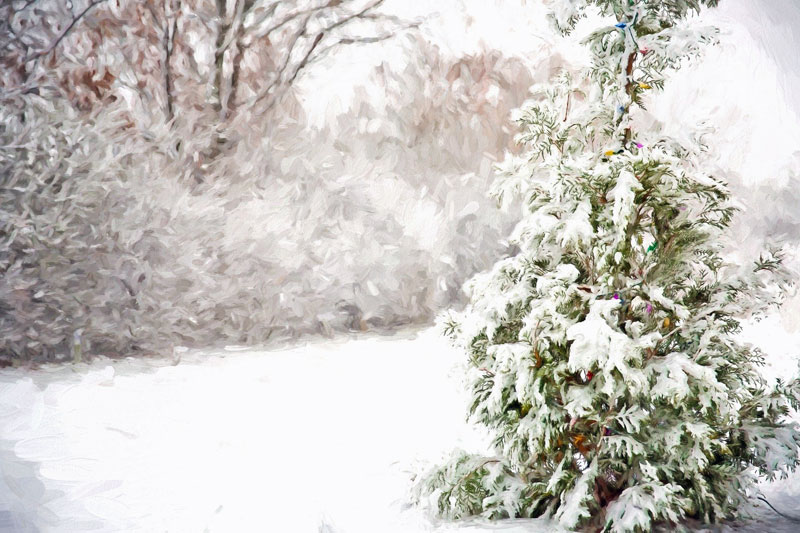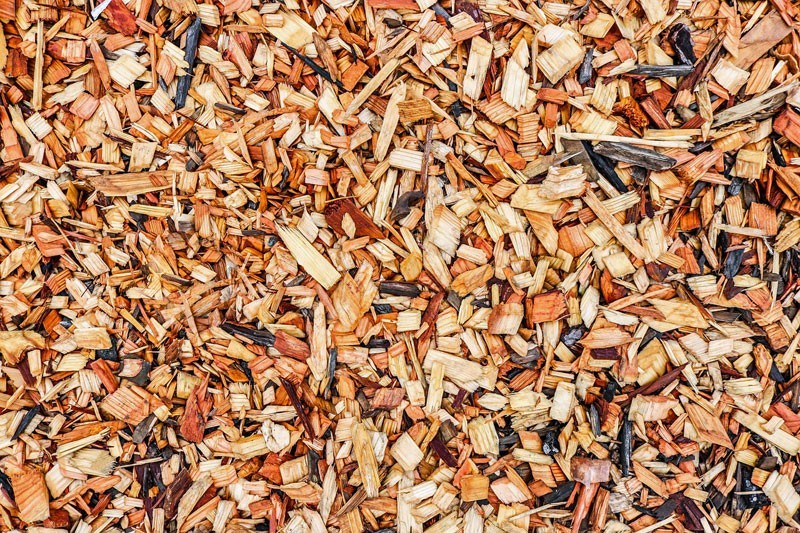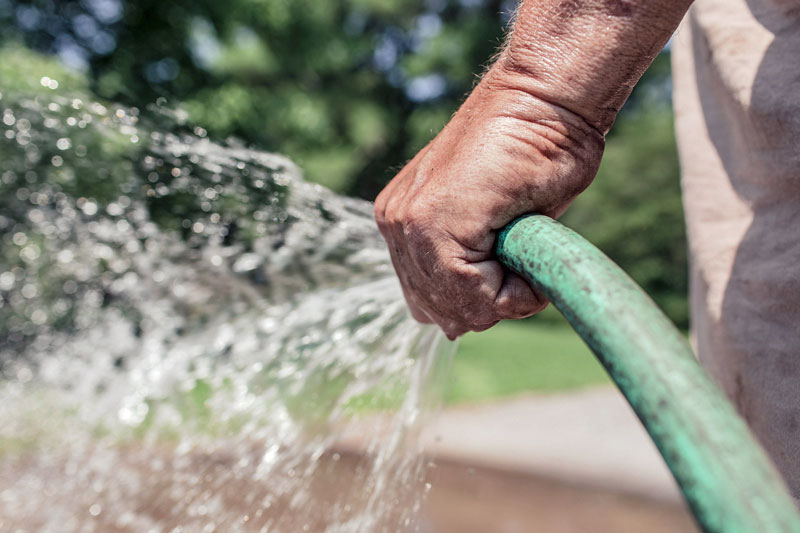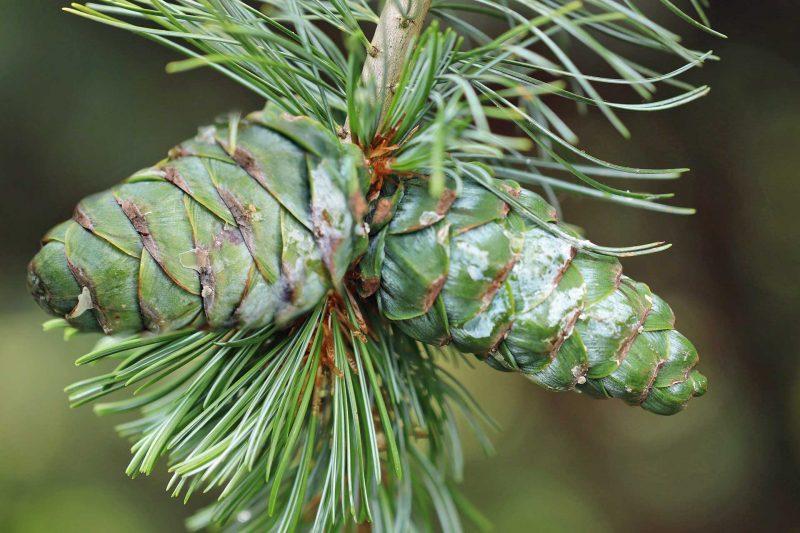Evergreen trees are a classic staple for any landscape worth its salt. They are, well, evergreen. These trees offer plenty of benefits – from providing a sound barrier to acting as protection from the harsh winds in winter. Their sweet-smelling fragrance is among the freshest smells found it nature that will never get old. Finally, with their year-round green, they truly are something to behold in every season. As a general rule, evergreen trees are not high-maintenance. However, there are certain things to pay attention to and the ultimate guide to caring for evergreen trees will try to address just that.
Types of evergreen trees
Before learning about their maintenance, you may want to acquaint yourself with the different types of evergreens. When people talk about evergreen trees, their main association are the conifers. These include sorts like spruce, pine, fir, juniper and yew. All of these have needles instead of leaves and are typical representatives of this plant. However, evergreen trees are any plants that keep their foliage throughout the whole year. This includes some broadleaf plants too. The broadleaf evergreens include rhododendron, live oak, holly, azalea and even southern magnolia.
When landscaping, people mostly choose evergreens based on their looks and how they can fit into the vision they have for their lot. Experts suggest opting for evergreen shrubs instead of full-fledged trees as these are likely to outgrow most lots fairly quickly. Thankfully, most evergreen sorts come in a wide variety of different shapes and sizes.

Evergreen tree care
The main tenet of the ultimate guide to caring for evergreen trees is to be careful when making your choice and to inform yourself about that particular sort. In most cases, there will be a label attached to the plants when you’re looking around. Take everything on it into account when choosing evergreens for your landscape. The main thing to remember, though, is knowing that no evergreen thrives in dry soil. Most of them prefer well-drained, slightly acidic soil. One of the best ways of keeping moisture in the soil is to add several layers of mulch when planting the evergreens. This will keep the soil moist even in the harshest winter or summer months.
When it comes to sunlight, certain trees require a lot of direct sunlight while others can thrive even in the shade. This, along with moisture, is the main thing to consider when choosing evergreens for your landscape. One of the ways to achieve the perfect ratio of sunny-in-the-summer to shady-in-the-winter is by planting them on the north side of your property. This will work for virtually all evergreens.
How to plant evergreen trees
The ultimate guide to caring for evergreen trees wouldn’t fulfil the promise of its title if it didn’t detail the best way to plant an evergreen tree and get it off to a good start. Once you’ve achieved this, your evergreens will require little to no maintenance. Some of the things you need to provide your evergreens are appropriate watering and mulching.
Watering
While your plant is still young, you should water it directly throughout its first growing season. Once the you have established the tree, you should start watering it right on the outside perimeter of the tree canopy. This way, the roots will start spreading outwardly, led by the water. The reason you want to do this is because this gives a solid foundation to your tree.
Mulching
As mentioned, the moisture of the soil is of paramount importance. In order to achieve optimal moisture, you should provide your evergreens with several layers of mulch. You can use shredded wood chips or bark with some compost to both feed the soil and allow for its slow evaporation. The trees should be watered during the driest months, in winter as well if temperatures do not reach freezing. An additional benefit of mulch is that it simply looks good, much like your evergreens. It’s a small touch that really brings the whole landscape together.

Fertilizing
Fertilizing is not always necessary, but sometimes you may feel like your young tree needs a little push. Experts suggest using a fertilizer that contains more nitrogen than phosphorus or potassium. Fertilizers are often easy to use as they have clear instructions on their labels. As a rule, you should fertilize anywhere between April and early summer. Only continue watering the tree during the dry months, but stay away from the fertilizer then.
Pruning
Pruning is also pretty easy with evergreens. For the most part, all you will be doing is eliminating dead or damaged branches. Another reason to prune is to establish the leader branch – the one growing vertically at the top. In some cases there might be two of these, so you will want to cut off one of them. Pruning stimulates new growth so you should lay off it sometime before winter begins. If you don’t, the new offshoots perhaps will not have enough time to harden before the harshness of a winter garden sets in.

Spider mites
Spider mites sometimes attack evergreens in the summer months. An easy way to keep your trees clear from these pests is to spray the trunks with a hose whenever possible. You can even turn the water onto the foliage as well. The mites will be dislodged and will not be able to multiply further. Not only is this an easy fix, but it is also a non-toxic, organic solution for your garden.
Kim Stevens is a content writer interested in architecture, landscaping and interior design, but writing in a variety of different areas. A lot of her work includes collaborating with companies like bestmoversinflorida.com and providing content for their blogs.
